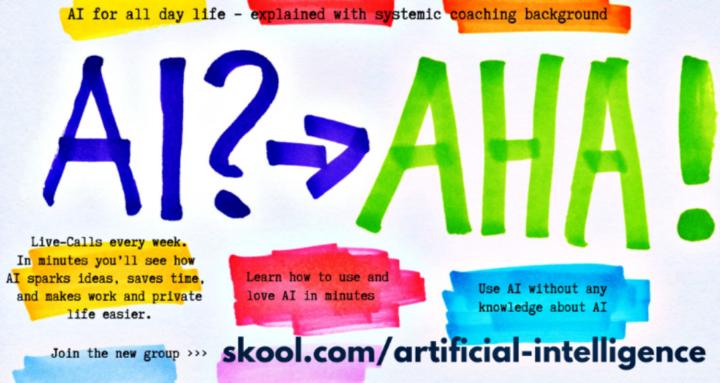7d • Human-Centered AI
Edge AI and On Device Intelligence
Edge AI and On Device Intelligence in Narrow AI:
Edge AI refers to running machine learning models directly on local devices — phones, cameras, sensors, wearables — without requiring a connection to centralized servers or the cloud. This architectural shift makes AI faster, more private, and more resilient. Instead of sending data to be processed remotely, inference happens right where the data is generated. From wake word detection and predictive text to driver assistance and personal health tracking, Edge AI powers real-time, context-sensitive interact...
Explained for People without AI-Background
- Edge AI means the intelligence is inside your device — not somewhere on the internet.
- It lets the system work even without a signal, and respond faster while protecting your data.
Why Edge AI Matters
- Latency Reduction – Local inference avoids round-trip delays to cloud services.
- Privacy and Sovereignty – Sensitive data stays on device; useful for healthcare, finance, and personal use cases.
- Bandwidth Optimization – Reduces upstream data flow in high-volume sensor environments.
- Resilience – Works in offline or low-connectivity settings (e.g., airplanes, rural areas).
Core Technologies and Tooling
- Lightweight Frameworks – Use TensorFlow Lite, CoreML, PyTorch Mobile, and ONNX Runtime for model deployment.
- Hardware Acceleration – Leverage NPUs, GPUs, DSPs in mobile chipsets for low-power inference.
- Compilation and Optimization – Use tools like TVM or Glow to adapt models to target hardware and reduce memory footprint.
- Model Formats – Quantization, pruning, and weight clustering are used to shrink models while maintaining accuracy.
Applications in the Wild
- Phones – Face unlock, camera enhancements, predictive typing, real-time translation.
- Cars – Driver monitoring, pedestrian detection, and parking assistance.
- Wearables – Heart rate anomaly detection, gesture recognition, contextual coaching.
- Industrial IoT – Defect detection, vibration analysis, and predictive maintenance.
Design Constraints and Engineering Trade-Offs
- Power Efficiency – Must maintain low thermal and battery impact.
- Model Size – Many edge devices have strict limits on RAM, storage, and compute.
- Real-Time Guarantees – Need deterministic response time for safety-critical applications.
- Update Mechanisms – Support secure over-the-air model updates and rollback.
Model Training vs Inference
- Training is often done centrally (in cloud or datacenter); only inference is moved to the edge.
- Knowledge Distillation – Small edge models are taught to mimic large ones trained elsewhere.
- Federated Learning – Some systems allow on-device training updates while keeping data local.
Evaluation and Benchmarks
- Inference Latency – Time from input (e.g., sensor data) to actionable output.
- Model Size and Throughput – Measure MBs, FLOPS, and frames-per-second in context.
- Robustness – Test against variations in hardware, lighting, noise, or usage conditions.
- Battery Drain – Evaluate impact of continuous inference on energy use.
Security and Privacy Considerations
- Local Storage – Ensure encrypted model weights and data logs.
- Tamper Detection – Validate runtime integrity and hardware trust anchors.
- Permission Controls – Restrict sensor access and data usage via system settings.
- Transparency – Let users know when and how AI is operating on their device.
Emerging Trends and Research Frontiers
- TinyML – ML models for microcontrollers with less than 1MB memory.
- Event-Based Sensing – Use asynchronous data (e.g., neuromorphic cameras) for efficiency.
- Context Awareness – Combine multiple sensor modalities to infer activity or intent.
- Zero-Shot Edge Models – Use powerful embeddings with task-specific logic in small execution graphs.
Related Concepts You’ll Learn Next in this Artificial Intelligence Skool-Community
- Model Compression And Quantization
- Federated Learning
- TinyML – ML On Microcontrollers And Sensors
Internal Reference
Narrow AI – ANI
1
0 comments

skool.com/artificial-intelligence
Artificial Intelligence (AI): Machine Learning, Deep Learning, Natural Language Processing NLP, Computer Vision, ANI, AGI, ASI, Human in the loop, SEO
Powered by



